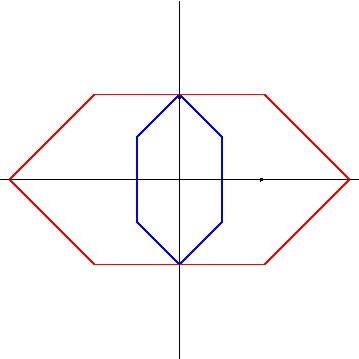Suppose $X$ is a complex normed space of dimension 2 or 3 and $X$ is isometrically isomorphic to its dual. Is $X$ a Hilbert space?
Remarks: There are easy counterexamples in the real case, and in higher dimensions one can construct counterexamples from sums of 2-dimensional spaces which are not isometric to their duals. Similarly a 3-dimensional counterexample can be constructed from a 2-dimensional counterexample.

